King Kong and the Pursuit of Desire
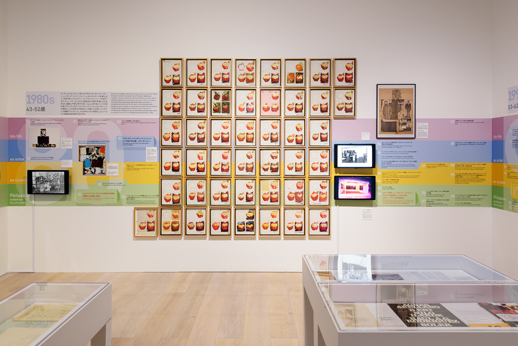
A beastly ape rampaged through the city of New York, scaled the towering Empire State building and took down a military plane with its bare hands all for the sake of snatching back the woman he desires. Yet the colossal animal that craves nothing else but the foreign woman he met in his native land eventually died from his aspirations.
This do-or-die desire, depicted in the 1930’s Hollywood classic movie King Kong, best illustrates the beast among us. No wonder Philippine conceptual artist Roberto Chabet (1937-2013) make a reference on this film in his art practice as shown in his collage works “Kong Ziggurats” ( See Image Here). Furthermore, this super human desire that embodies King Kong is the same energy that push Chabet to lay the groundwork of Filipino contemporary art.
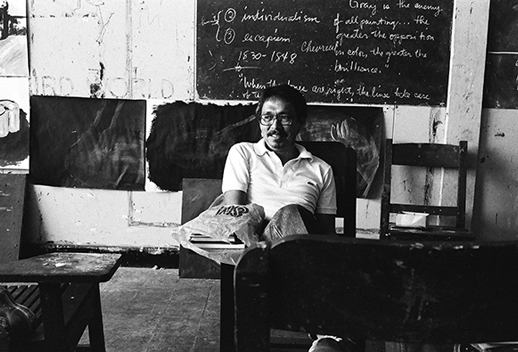
For the benefit of many who probably know little of Philippine contemporary art, Mori Art Museum (MAM) Research has taken the opportunity to share the work of the late Roberto Chabet with us, guiding the viewer through the historical development of Philippine contemporary art since the 60’s, based on the format of an easily navigable timeline. This is a mapping, which places its signposts along the life of Roberto Chabet who in his later years struggled to expand modernist art practice towards the delivery of Conceptual Art, which according to Filipino art historian Ringo Bunoan, is a form of consciousness rather than style.
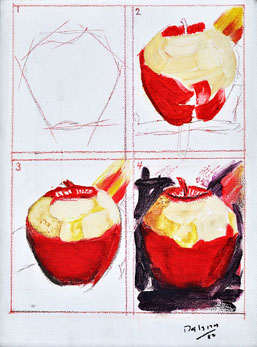
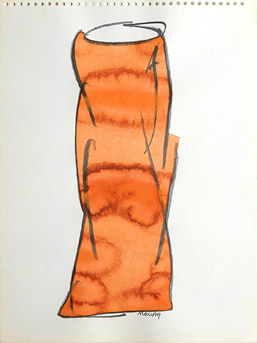
Although an architect by training, Roberto Chabet’s noteworthy achievements are firmly within the field of the Visual Arts. After graduating from his studies, he received a John D. Rockefeller Grant and travelled across Europe and North America to observe and study the then prevailing contemporary art practices, coinciding with the height of student uprisings.
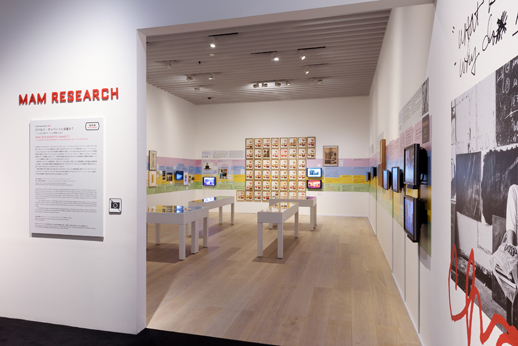
Upon his return to the country, Chabet had the opportunity to implement his new learning as he was appointed as founding Museum Director of the newly constructed Cultural Center of the Philippines, a then controversial project of First Lady Imelda Marcos, who promoted the center as the “Asian Mecca of the Arts”.
Despite the critiques of the extravagance of the building and its budget, Chabet excelled in his position and helped spread the development of local contemporary art by initiating a program entitled “Thirteen Artists Awards”, giving support to young artists who challenge the prevalent traditional art practice. This ambition to reconfigure the then mainstream Philippine art scene persisted as he was invited to teach at the University of the Philippines College of Fine Arts under the auspices of late Abstract Expressionist, Jose Joya. Here, over three decades, he was able to directly influence whole generations of Philippine artists in their formative years, fostering their energy and willingness to take new directions as a devoted teacher dedicated to experimentation and the pushing of ideas over form.

It was not an easy task to lay the groundwork of local contemporary art practice in a market dominated by traditional art making, remarks Bunoan. However, unlike King Kong, who perished before his desire, Roberto Chabet was able to achieve otherwise, placing his mark firmly upon the very conception of art in the Philippines before he passed away in 2013.
Today Roberto Chabet is remembered by successful local contemporary artists at the helm of the art scene, namely Louie Cordero, Maria Taniguchi, Gary-Ross Pastrana, among many others, who mostly sprung from a generation of students he mentored. His role in Philippine contemporary art is indisputable, to such an extent that some of his students have strived to immortalize him by archiving his works and his other related materials as part of the Chabet Archive, at the Asia Art Archive, Hong Kong, preserving his legacy and a vital resource for art historians. Online Collection is Here
The MAM Research timeline presentation, at a glance, may appear to represent a narrow perspective upon contemporary art development in the Philippines based merely upon the life of one individual, albeit one who made a major contribution upon the field.
Yet despite the seeming domination of one particular figure, by looking closely through the constellations plotted out in this exhibition from a critical distance, there emerges the possibility to identify numerous other subjectivities that have contributed in the field.
Through the shifting of our position as we encounter this history, a displacement may ensue, underscoring “both that our framings of the past depend on our positions in the present, and that these positions are always defined through such framings” as laid out by art historian Hal Foster in his concept of Parallax View. And it is this critical way of looking which may lead us to a much wider and deeper understanding of contemporary art in the Philippines and its development.
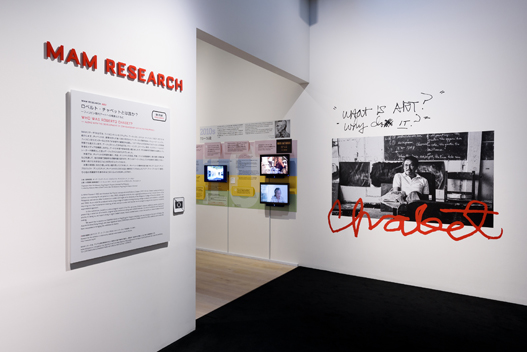
“MAM Research 002: Who Was Roberto Chabet?” is viewed from July 25 until 12 October 2015 at the Mori Art Museum, Roppongi.
Jong Pairez
Jong Pairez



